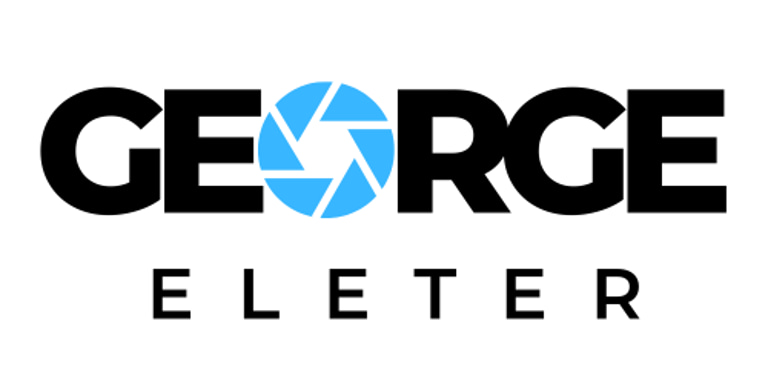Capturing Motion: George Eleter's Guide to Skateboarding Photography
George Eleter, renowned for his vibrant and dynamic extreme sports photography, has a particular affinity for capturing the essence of skateboarding.
George Eleter
3/21/20242 min read


Through his lens, the raw energy, creativity, and skill of skateboarders come to life against urban landscapes and skate parks around the world. In this guide, George shares his insights on skateboarding photography, detailing the challenges, rewards, equipment, and techniques essential for anyone looking to master this art form.
The Challenges, as Told by George Eleter
Rapid Movement: "Skateboarders are always on the move, performing tricks and jumps that last only seconds," George notes. "Capturing these fleeting moments requires anticipation and quick reflexes."
Varied Environments: "Skateboarding happens everywhere - from skate parks to city streets. Adapting to different lighting conditions and backgrounds is key," he adds.
Safety Concerns: "Getting close to the action is important, but so is staying safe. Always be aware of your surroundings to avoid accidents," George advises.
Rewards Through the Lens
Unique Perspectives: "Skateboarding photography allows for creativity in angles and perspectives. It’s about showcasing the trick, the environment, and the skater's style," says George.
Capturing Culture: "Skateboarding is not just a sport; it’s a culture. Through photography, we can document and celebrate this community," George reflects.
Dynamic Shots: "The reward is in the shot that freezes a complex trick in time, highlighting the skill and fearlessness of the skateboarder," he shares.
George Eleter's Equipment List
Camera: "A DSLR or mirrorless camera capable of fast autofocus and high frame rates is essential for freezing motion."
Wide-Angle Lens: "A wide-angle lens not only captures the skater and their surroundings but also adds a dramatic effect to the shots."
External Flash: "Using an external flash can help freeze the action, especially in low light conditions or to highlight the skater against dim backgrounds."
Protective Gear: "Don’t forget about protecting your equipment and yourself. A camera strap and protective casing can prevent damage during unexpected falls."
Techniques for Skateboarding Photography
Shutter Speed: "A fast shutter speed, at least 1/1000th of a second, is crucial to freeze the action without blur," George emphasizes.
Pre-focusing: "Pre-focus on the spot where you expect the action to happen. It’s a game-changer for capturing sharp images," he suggests.
Low Angles: "Shooting from a low angle can make the tricks look more impressive and adds a sense of height and drama," George points out.
Continuous Shooting Mode: "Use continuous shooting mode to capture a sequence of movements. It increases your chances of getting the perfect shot," he recommends.
FAQs with George Eleter
Q: How do you handle crowded skate parks? A: "Patience is key. Communicate with the skaters about what you’re trying to capture. Most are happy to collaborate for a great shot."
Q: What settings are best for evening skate sessions? A: "Increase your ISO and open your aperture. Use external flashes to illuminate the skater without washing out the ambient light."
Q: How do you capture the atmosphere of skateboarding, not just the tricks? A: "Include the environment in your shots. Graffiti, cityscapes, and even the expressions of other skaters add to the story."
Q: Any tips for beginners in skateboarding photography? A: "Start by understanding skateboarding itself. The more you know about the sport, the better you can anticipate and capture significant moments. And always, always keep shooting. Practice is everything."
George Eleter's guide to skateboarding photography highlights not only the technical aspects of capturing the sport but also the importance of connecting with the culture and community behind it. His advice serves as a roadmap for photographers at any level to improve their skills, engage with the skateboarding community, and capture the spirit of this dynamic sport.
Please find out more in our Extreme Photography Blog Articles by George Eleter


